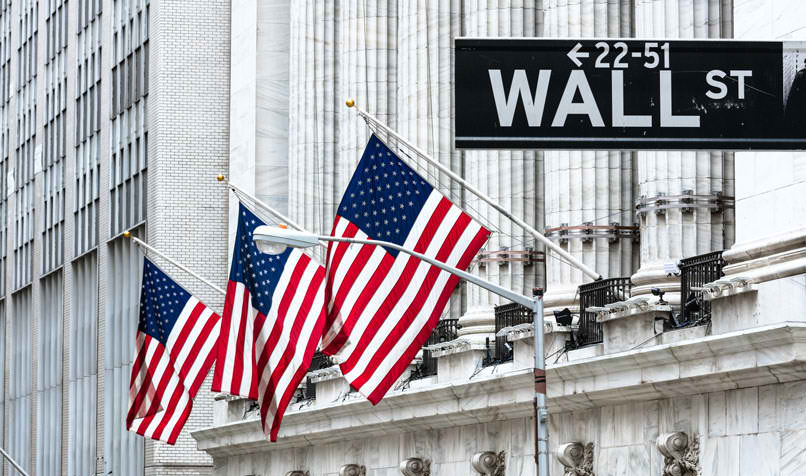
The federal government shutdown will have a negligible effect on the U.S. economy if it’s resolved within a few days but a prolonged standoff could take a toll, economists say.
Of 2.2 million federal employees, excluding the separately funded U.S. Postal Service, about 850,000 nonemergency workers likely would be furloughed, according to Oxford Economics. That would reduce government spending on their wages by about $1.5 billion a week and trim first-quarter economic growth by a tenth of a percentage point for each week they’re idled, the research firm says.
Reduced spending by the workers would further crimp the economy, says Mark Zandi, chief economist of Moody’s Analytics. But Barclays notes that a brief shutdown should allow the economy to recover later in the quarter as furloughed workers receive back pay and the employees make purchases they had deferred.
“The official GDP statistics may not see much, if any, drag,” Barclays wrote in a note to clients.
But, “If the shutdown drags on for a few weeks it will reduce (economic growth) in the current quarter by about half a percentage point,” Zandi says. Many economists expect the economy to grow at a solid 2.5% annual rate in the current quarter
Besides denting government workers’ earnings and spending, the impasse could disrupt myriad government-related activities, from applications for mortgage loans insured by the Federal Housing Administration to visits to national parks. Some of that could be made up later. The 16-day government shutdown in 2013 reduced fourth-quarter economic growth by half a percentage point but about half of that activity was recouped in early 2014, Zandi says.
A shutdown also could weigh on consumer and business confidence, as it did in 2013, potentially slowing consumption and investment. That effect could be accentuated by a showdown that lasts weeks and delays the release of federal government data on employment and other indicators, clouding the economic outlook, Deutsche Bank says.
“But since confidence is strong today, it would take a much more lengthy shutdown this go-round to do the same amount of economic damage as the 2013 shutdown,” Zandi says.
There are more dire scenarios. A shutdown that lasts significantly past January 29, the start of tax filing season, could hamper tax refunds and consumer spending, Oxford says. And an extended deadlock that sparks concerns about Congress’s ability to raise the nation’s debt limit, or borrowing authority, by around late March could hurt the U.S. credit rating, Fitch Ratings says. Such a scenario could drive interest rates higher and undercut consumer and business confidence and economic growth.
Yet, “the probability of an extended shutdown in an election year seems low,” RBC Capital markets said in a research note.

